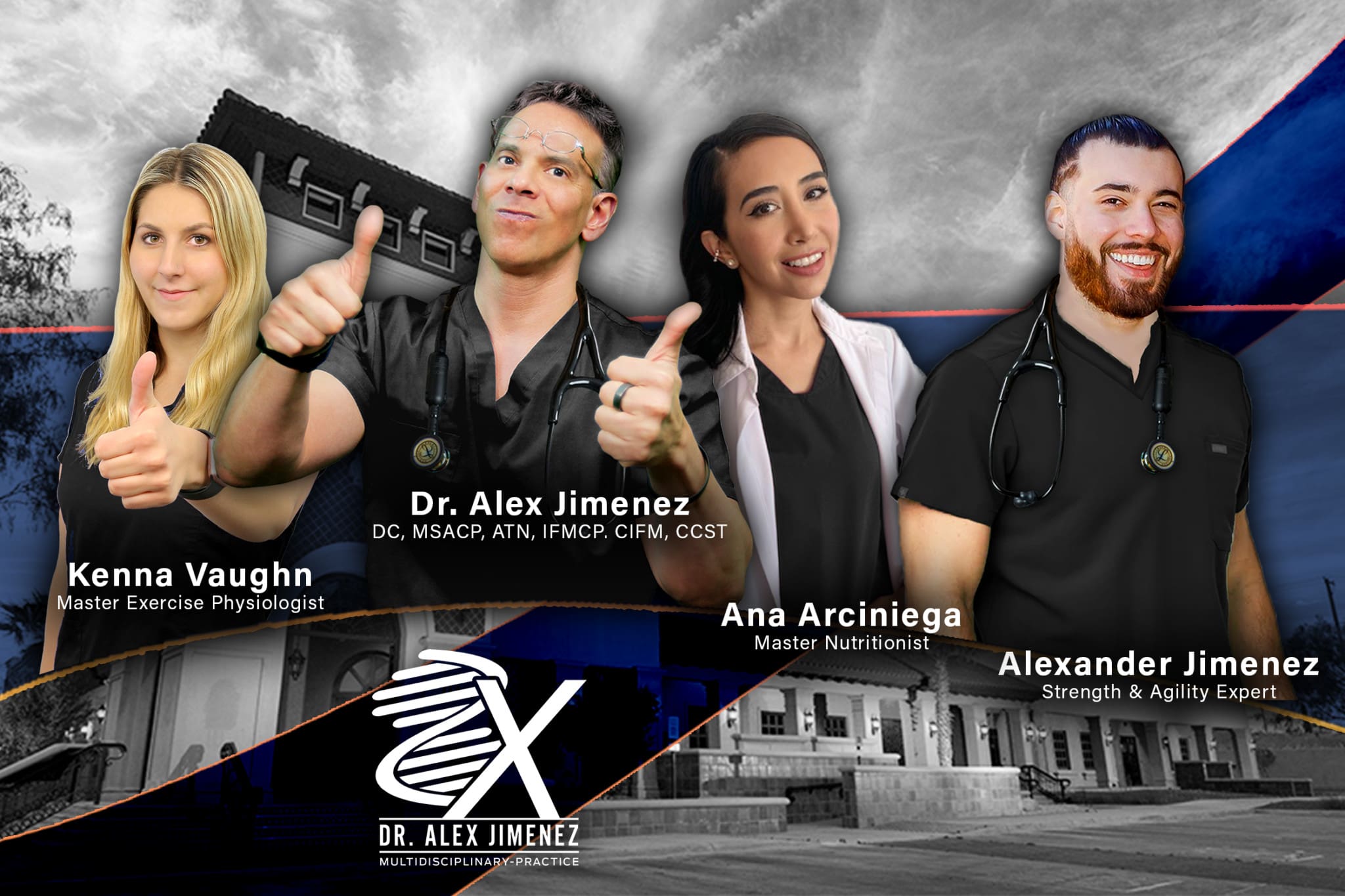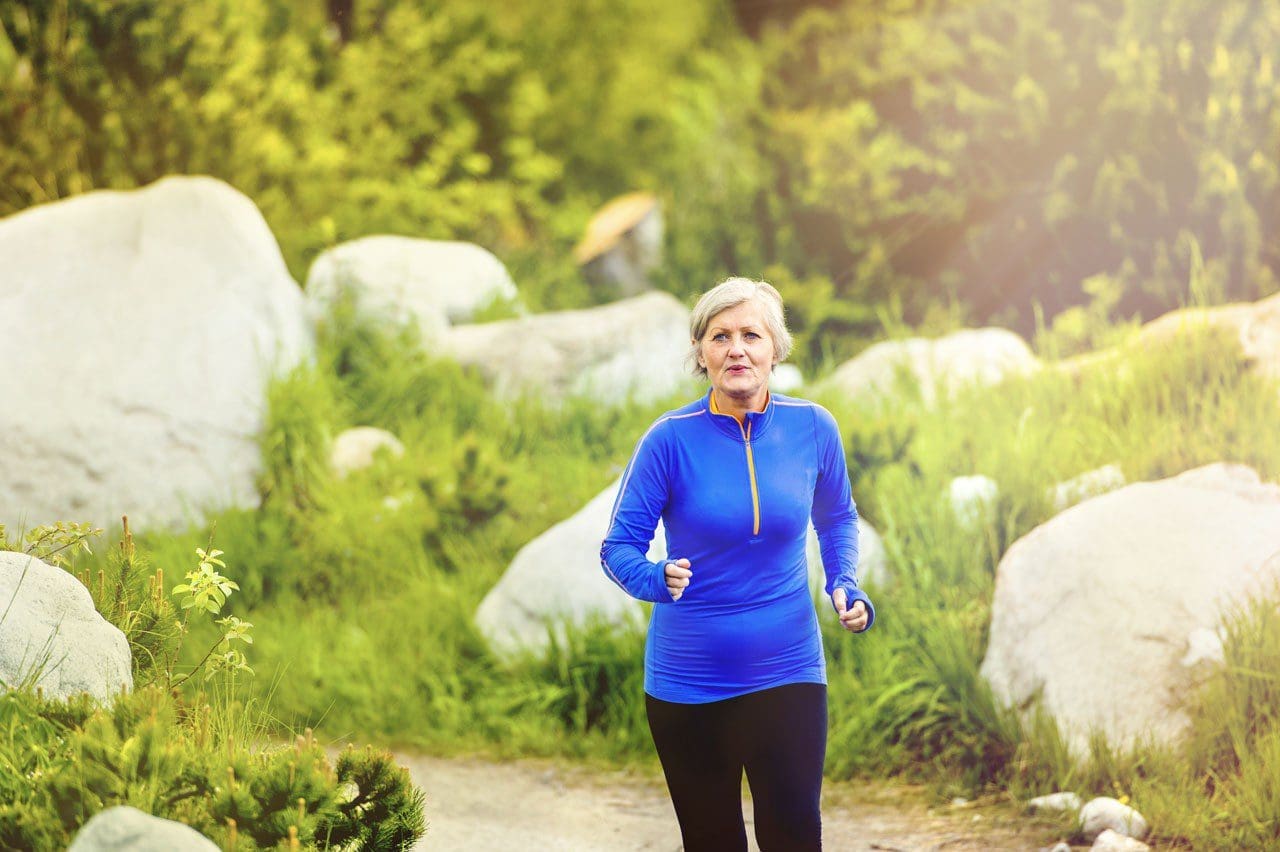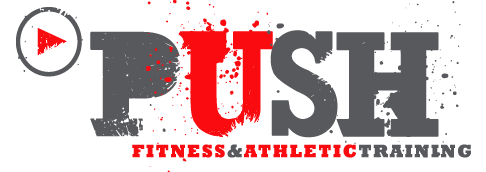Osteoporosis Prevention Plan
Table of Contents
Doctor Discussion
Make an appointment with a specialist to talk about osteoporosis risk factors. If you are 40 years of age or older, take some time to review the list of potential risk factors to discuss. An individual’s response can help prepare for this healthcare discussion.Risk Factors
- The individual has had a bone fracture as an adult – wrist, hip, spine, etc.
- History of osteoporosis in family – mother, sister, father.
- Body Type – small, medium, large frame.
- Body Shape – Thin, frail, overweight, obese.
- No regular exercise.
- Tobacco use – smoke, vaping, chewing, etc.
- Alcohol consumption – Drinks 3 or more times a week, sometimes binge drinks.
- Diet does not include calcium – milk, yogurt, or vitamin D – cheese, eggs.
- Occasional crash diet.
- Eating disorders – anorexia, purging, bulimia.
- Corticosteroid/s use and/or anti-convulsant medication/s use.
- Less stability on feet.
- Experiences occasional falls.
- Women – 45 or younger, beginning of menopause, 50 or older, post-menopause.
- Men – Diagnosed with low testosterone levels.
Learn Your T-score
A bone mineral density test is the most dependable way to predict and detect osteoporosis. It is a painless test and can take around ten to thirty minutes to complete. The T-score is a number that lets an individual know where their bone density it and if it is good or not so good.Build Bone Mass
Bone mass can be built up by including weight-bearing and resistance exercise into a regular workout. The difference between weight-bearing and resistance exercises is that weight-bearing uses the bone/s and muscle/s to work against gravity. Walking, jogging, and dancing, are examples of weight-bearing exercises. Weight lifting or free weights are examples of resistance exercise. Here the body’s muscular strength is being utilized. This helps build bone mass and strengthen muscles.Calcium/Vitamin D Rich Diet
Taking the time to nourish the body properly will help with osteoporosis prevention and achieve optimal health. Calcium and vitamin D won’t completely prevent or cure osteoporosis, but it is essential to include these minerals and vitamins in your diet daily. If an individual is lactose intolerant, there are fortified food products like orange juice and cereal/s to help meet daily mineral/vitamin requirements. Check out the best and worst foods for bones. Supplements are another option to help boost calcium and vitamin D. Your doctor will know how much calcium and vitamin D you need. Taking too much is not being health-wise. Taking too much of a supplement can make an individual sick. Registered Dietitians and Health coaches can educate on making wise food and supplement choices. A doctor can aid in finding either in your area.Stop Smoking
Smoking increases the risk of osteoporosis. Smoking affects pretty much every organ in the body. Smoking interferes with the body’s ability to absorb calcium and lowers the hormones the body needs to build and keep the bone mass. Quitting will decrease the risk of cancer, heart, lung disease, and osteoporosis.Reduce Alcohol
Too much alcohol consumption causes poor nutrition. Poor nutrition causes bone density to decline, which leads to osteoporosis. And alcohol increases the risk of falling. Falls are one of the leading causes of spinal/other bone fractures. So contact your doctor or chiropractor and discuss an osteoporosis prevention plan.Back Injury Rehabilitation Clinic
Dr. Alex Jimenez’s Blog Post Disclaimer
The scope of our information is limited to chiropractic, musculoskeletal, physical medicines, wellness, and sensitive health issues and/or functional medicine articles, topics, and discussions. We use functional health & wellness protocols to treat and support care for injuries or disorders of the musculoskeletal system. Our posts, topics, subjects, and insights cover clinical matters, issues, and topics that relate and support directly or indirectly our clinical scope of practice.* Our office has made a reasonable attempt to provide supportive citations and has identified the relevant research study or studies supporting our posts. We also make copies of supporting research studies available to the board and or the public upon request. We understand that we cover matters that require an additional explanation as to how it may assist in a particular care plan or treatment protocol; therefore, to further discuss the subject matter above, please feel free to ask Dr. Alex Jimenez or contact us at 915-850-0900. The provider(s) Licensed in Texas& New Mexico*Post Disclaimer *
Professional Scope of Practice *
The information herein on "Osteoporosis Prevention Plan" is not intended to replace a one-on-one relationship with a qualified health care professional or licensed physician and is not medical advice. We encourage you to make healthcare decisions based on your research and partnership with a qualified healthcare professional.
Blog Information & Scope Discussions
Our information scope is limited to Chiropractic, musculoskeletal, physical medicines, wellness, contributing etiological viscerosomatic disturbances within clinical presentations, associated somatovisceral reflex clinical dynamics, subluxation complexes, sensitive health issues, and/or functional medicine articles, topics, and discussions.
We provide and present clinical collaboration with specialists from various disciplines. Each specialist is governed by their professional scope of practice and their jurisdiction of licensure. We use functional health & wellness protocols to treat and support care for the injuries or disorders of the musculoskeletal system.
Our videos, posts, topics, subjects, and insights cover clinical matters, issues, and topics that relate to and directly or indirectly support our clinical scope of practice.*
Our office has reasonably attempted to provide supportive citations and has identified the relevant research study or studies supporting our posts. We provide copies of supporting research studies available to regulatory boards and the public upon request.
We understand that we cover matters that require an additional explanation of how it may assist in a particular care plan or treatment protocol; therefore, to further discuss the subject matter above, please feel free to ask Dr. Alex Jimenez, DC, or contact us at 915-850-0900.
We are here to help you and your family.
Blessings
Dr. Alex Jimenez DC, MSACP, RN*, CCST, IFMCP*, CIFM*, ATN*
email: coach@elpasofunctionalmedicine.com
Licensed as a Doctor of Chiropractic (DC) in Texas & New Mexico*
Texas DC License # TX5807, New Mexico DC License # NM-DC2182
Licensed as a Registered Nurse (RN*) in Florida
Florida License RN License # RN9617241 (Control No. 3558029)
Compact Status: Multi-State License: Authorized to Practice in 40 States*
Presently Matriculated: ICHS: MSN* FNP (Family Nurse Practitioner Program)
Dr. Alex Jimenez DC, MSACP, RN* CIFM*, IFMCP*, ATN*, CCST
My Digital Business Card




